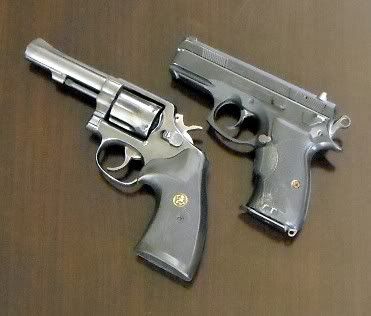Sgt127,
That anecdote doesn't provide for or consider a LOT of relevant information. Here are some example questions:
1) did firing fewer shots resolve the situation, or did the choice to fire fewer rounds result in failure to achieve desired outcome? Did firing more rounds result in failure to achieve desired outcome?
2) what is the difference in time to resolution, as it relates to number of shots fired? Did more shots result in faster resolution?
3) If capacity DID influence the user's CHOICE to fire more or fewer rounds, what did that shooting actually look like? Was the user forced into a conservative and defensive approach, trying to stall or hold off the attacker? Did having increased capacity allow for more effective defense? Did having more rounds on board allow the user to be more aggressive/offensive in seeking resolution?
4) In situations where OIS went BADLY for the good guys, were more or fewer shots fired? In situations where OIS resulted in officer death, were more or fewer shots fired by the officer?
5) how did the number of shots fired by officers effect the mindset (aggressive vs defensive) and confidence of the bad guys? What is the effect of rate of incoming fire on the resolve of bad guys?
6) was capacity really the reason that the choice to fire fewer shots was made? did older or more experienced officers simply process or problem solve with more calm than more brash, younger officers?
7) If we know that a person who carries a 'high cap' (standard service capacity, 15+1 to 17+1) pistol has drawn and refrained from shooting as the situation allowed, are we to believe that this same person lacks appreciation for the value of each shot fired, and will carry a "spray and pray" mentality into a live fire incident?
8) does capacity outweigh training? If an officer is taught to value each shot fired, and is then issued an M&P 40 (15+1), will that officer or a similarly trained and armed citizen decide to throw rounds indiscriminantly, simply because of what they are holding?
I ran out of time at this point, so this post will go up as it is. Little one has an eye appointment!


